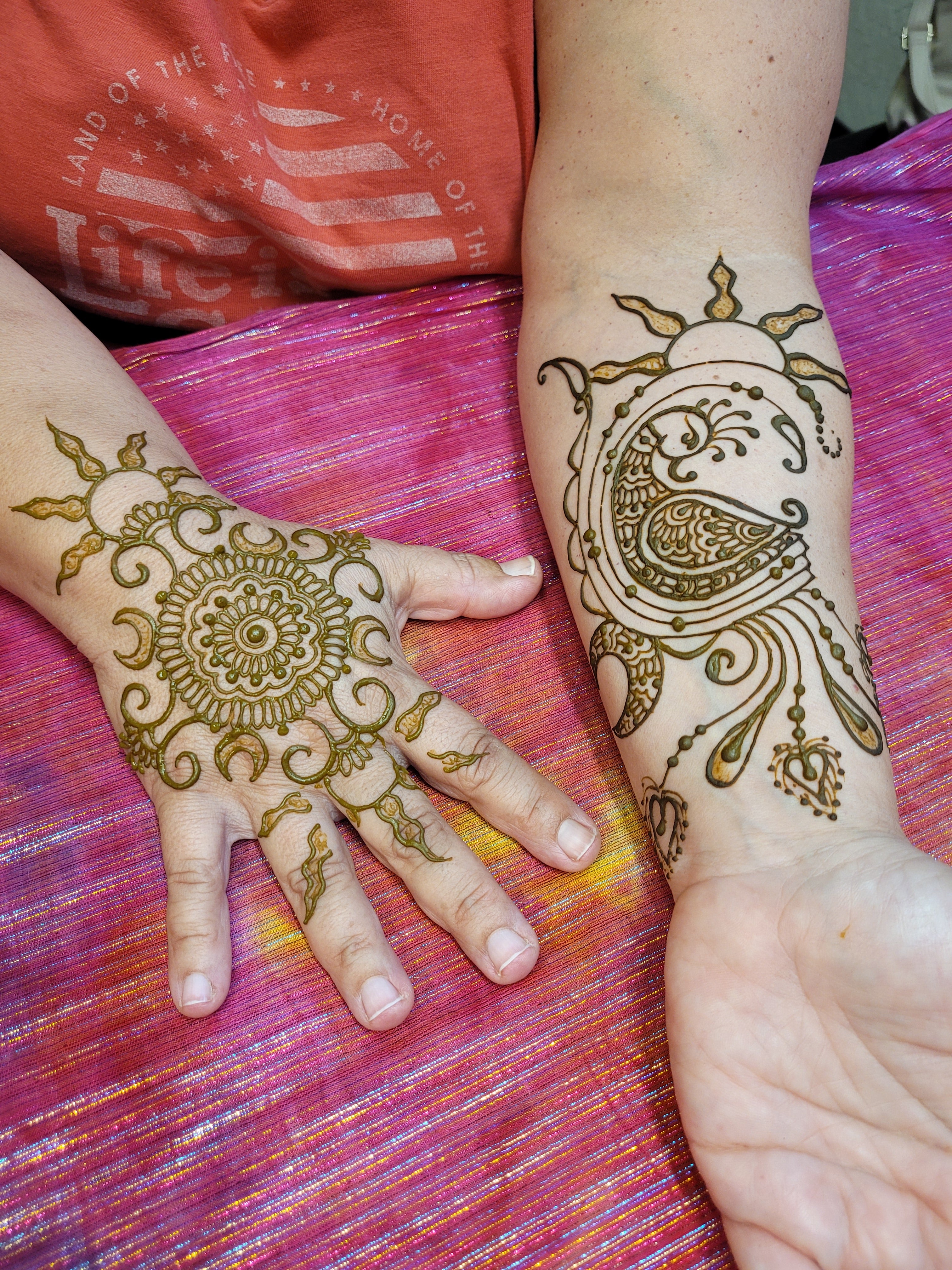[title]
[message]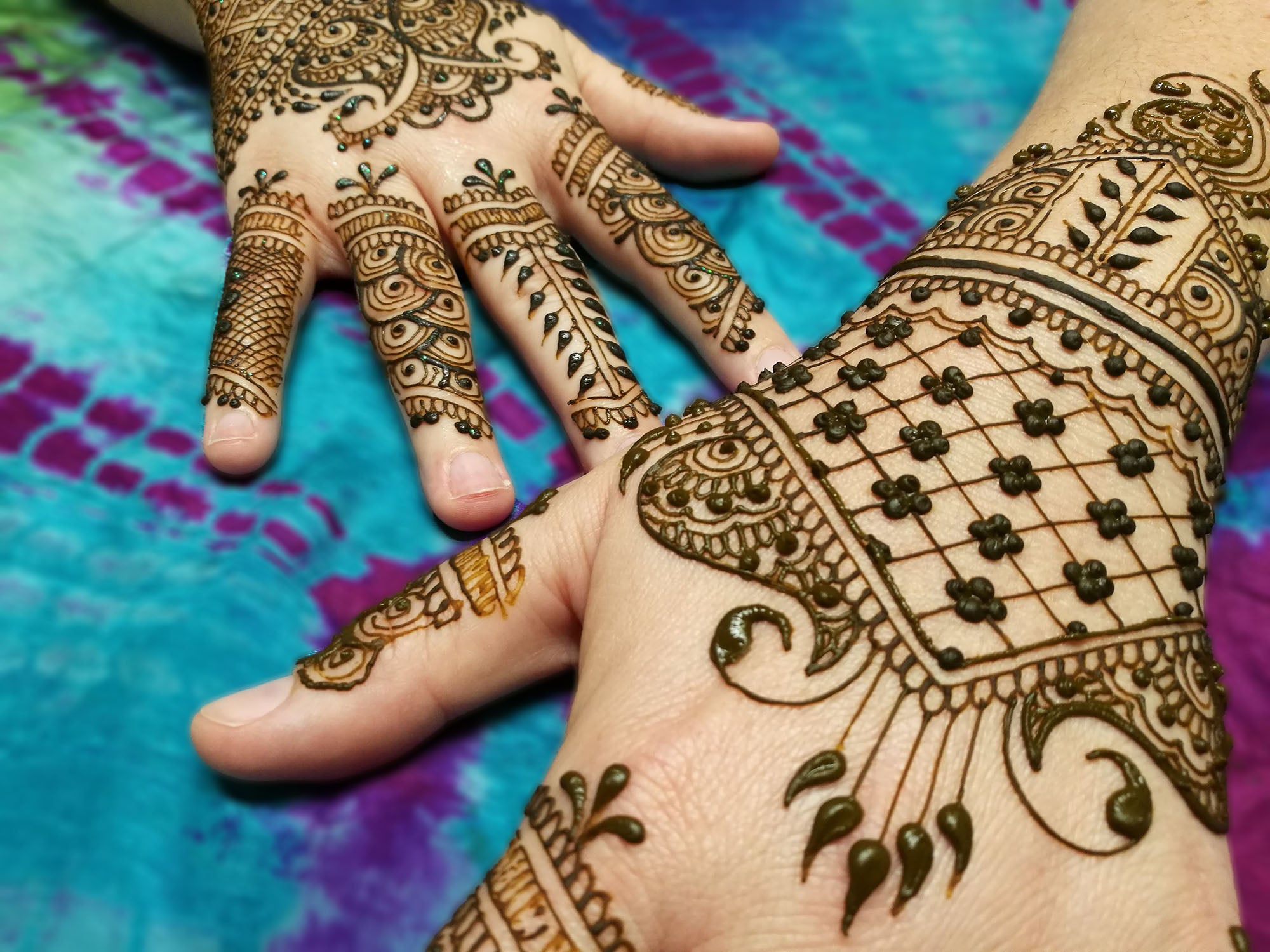
Henna Safety & Black Henna
Welcome to our Henna Safety page, where we'll explore essential tips and precautions to ensure a safe and enjoyable henna experience, covering everything from ingredient awareness to black henna.
-
Is Henna Safe? YES!
Natural henna is a safe way for embellishing the skin, nails, and hair. It has been used safely since approximately 8000 BCE.
However, it's important to note that many products labeled as henna are not genuine henna. Some of these imposters can be extremely dangerous. Don't worry; this guide will help you distinguish authentic, safe henna!
Ensure your safety by learning to spot "black henna," adulterated henna, potential reactions to henna, and its effects on children.
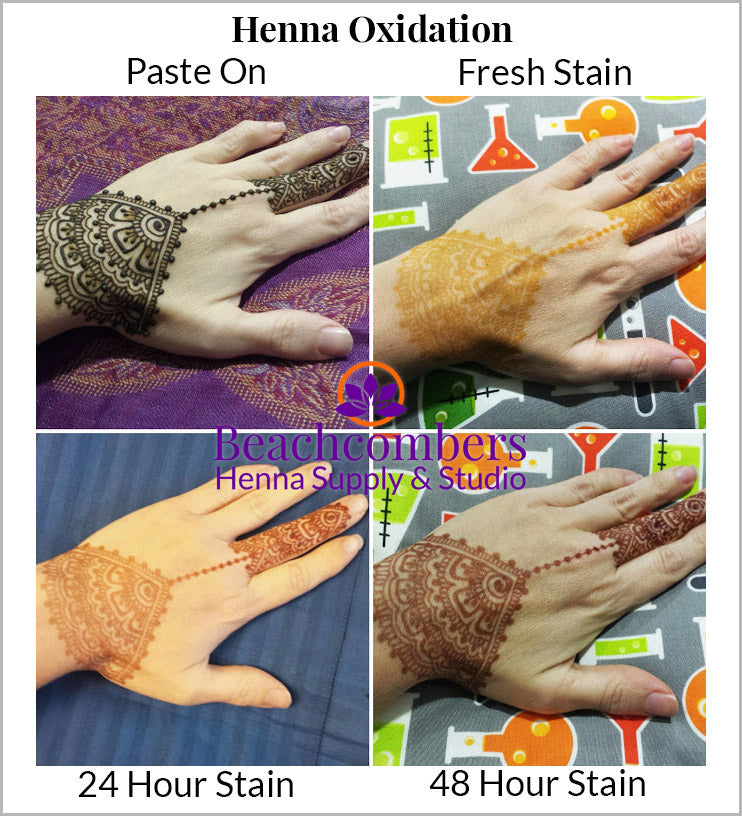
Natural Henna Color
HENNA IS NEVER BLACK! Authentic henna is always within the red-brown color spectrum.
Initially, the wet henna paste is a khaki green or brown color, which turns black as it dries. This process can be confusing because online images often show dried henna paste, giving the impression that it is black.
Once the dried paste is removed, it reveals the underlying orange stain, which matures into its characteristic red-brown color with time.
Collapsible content
How We Source Our Henna
It’s important to only buy henna from a reputable company that knows what they are doing and knows how to properly store henna.
We source our henna directly from growers that provide us with high quality pure unadulterated henna product. Since we don't use distributors, we can be sure that we are getting consistent high quality henna.
All of our henna is express shipped to us and stored properly. This ensures that you get the freshest possible product and not something that has been sitting on a ship for a month.
Recognizing Natural Safe Henna
ALL henna is sold as safe and natural. If you ask "is your henna safe?" everyone will say yes, because it was sold to them as safe. That does not make it safe. You can protect yourself using these tips.
When Buying Product:
- Only buy from someone/a company that really knows what they are doing and understands the science of henna (like us!).
- Buy henna that was sourced from a grower not a distributer (like ours!). Distributers sell a range of both safe and unsafe product. Growers sell pure product.
- Buy from someone that uses their own product. Though both Jamila and ORa are great henna powders, I use ORa powder to mix my paste.
When Having Henna applied to You:
- Look for an artist that mixes their own henna paste.
- You should recognize the ingredients and the paste should smell like those ingredients.
- They should encourage you to keep it on for a long time (normally 4 hours or more).
- The color should always start off orange when you remove the paste and darken to a red/brown over 2-3 days.
Organic Certification
Organic certification used to be straightforward. In late 2024, everything changed. Now, both our henna growers and we, as the importer must individually pay for expensive certification – a financial hurdle that's simply not feasible for our small business. Previously, just the growers were certified.
Here's what hasn't changed: our henna is still grown without pesticides. The grower hasn't changed anything. The change is on the importing end.
This is a regulation change. To be fair, a tightening up of organic certification is generally a welcome change. This change prevents someone from ordering a small amount of organic henna, and then cutting it with inferior henna and reselling it as pure organic.
You will immediately see that we do not repackage our henna. BOTH the silver outside bag and the clear inside bag remain sealed, exactly as the grower sends it to us.
It's still cultivated using traditional, sustainable farming methods that prioritize environmental health and crop quality. We still buy direct from the grower rather than third-party distributers.
The new dual certification requirement creates significant barriers for small, ethical sellers like us. The cost for certification far exceeds the cost of the actual henna. The choice for us was to drop the certification label or more than double our prices.
Our henna continues to meet the same high standards we've always maintained. The only difference? A piece of paper that says "USDA Certified." You will no longer see the Organic label on our ORa henna.
Our commitment to natural, pesticide-free henna remains unchanged. Quality isn't defined by a certification, but by the integrity of our sourcing and our dedication to providing an authentic, safe product.
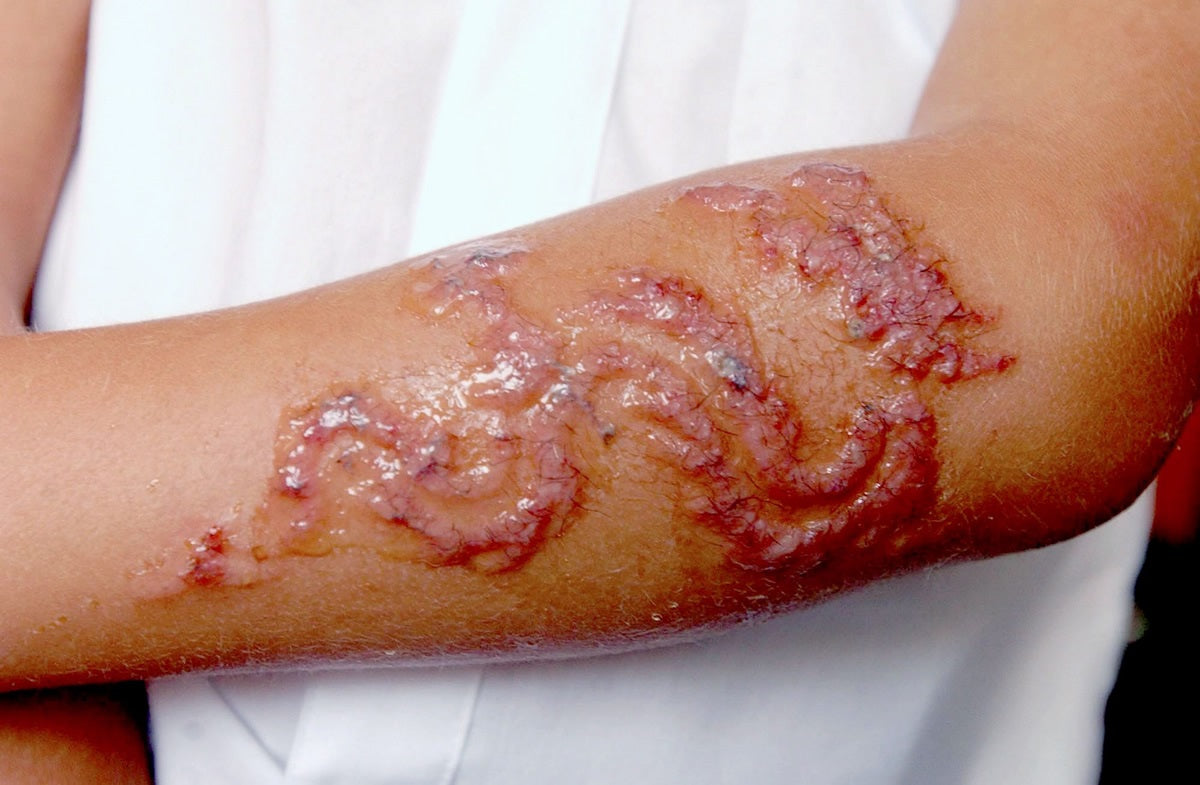
Henna is Not Black
Black Henna and PPD
Understanding the dangers of "black henna" is crucial, as it often contains high levels of paraphenylenediamine (PPD), a hazardous chemical. Unlike hair dye, where PPD is limited to 6%, black henna can have concentrations of 20-70%, leading to severe life-long health risks.
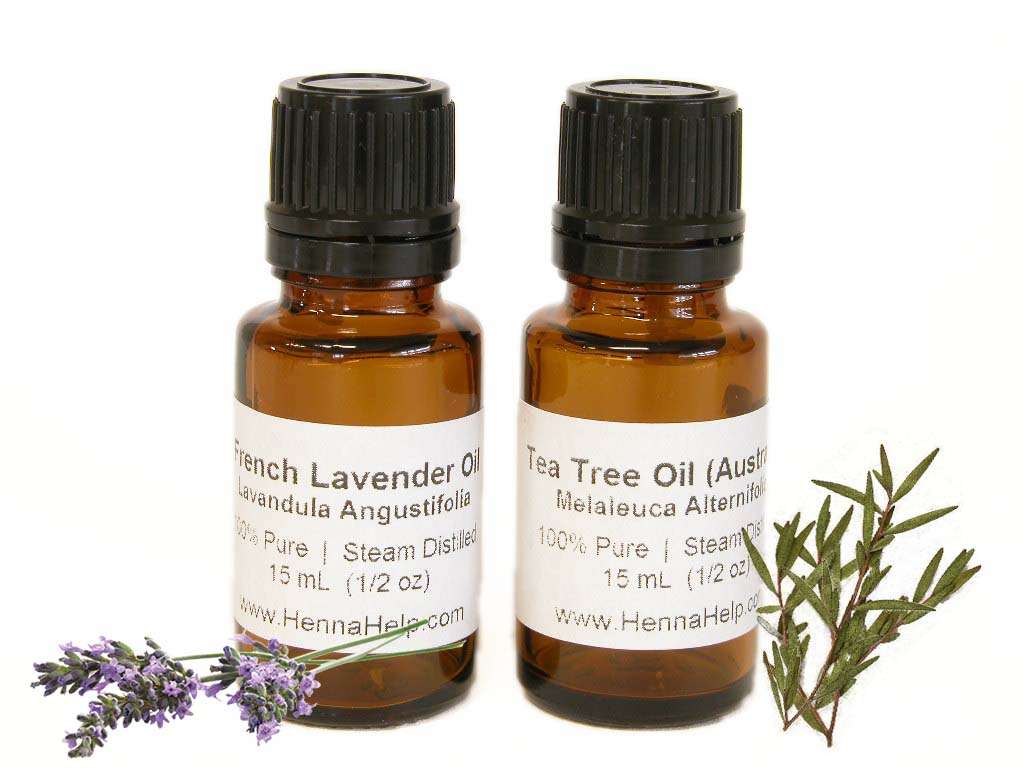
Henna Essential Oil Safety
Essential oils are no joke and can be harmful! Learn about essential oils and how they affect the color and safety of your henna. Check out our detailed guide to learn how to use them properly for the best results in your henna paste.
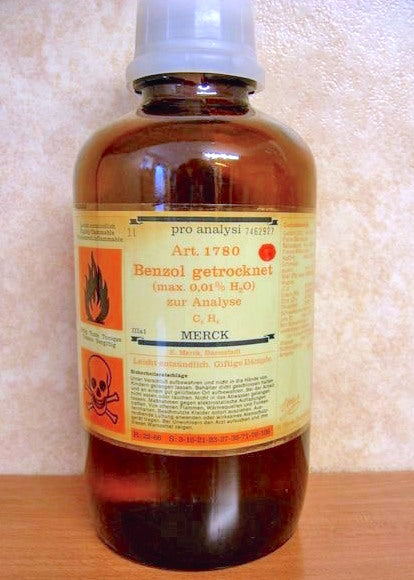
Unsafe Henna Additives
When it comes to henna, ensuring safety is paramount as it's not just PPD that poses risks. From benzene to kerosene, various additives can jeopardize health, often leaving lifelong harmful effects. To navigate safely, check the ingredients, prioritize recognized ingredients, and be vigilant about making sure an artists knows henna well.
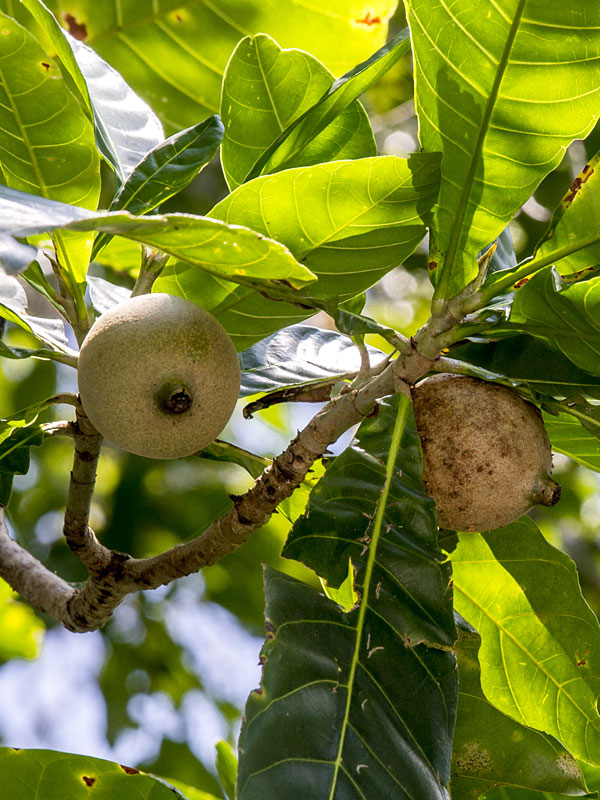
A Potentially Safe Option
What is Jagua?
Jagua is a natural dye derived from the Genipa Americana fruit and produces a blue-black color when applied to the skin.
While generally considered safe, it's crucial to be mindful of potential risks and adhere to safety guidelines. By following these precautions, you can enjoy the beauty of jagua while minimizing the risk of adverse reactions.
-
Henna and Children
Is henna safe for children? It depends. Is henna safe for babies? Absolutely not!
Children and babies do not have fully developed immune systems and their skin is very fragile. As our largest organ, the skin is a direct conduit to the blood and organs. In addition to henna, essential oils are hard-core and should NOT be used on infants. If you elect to do henna on children, use a mild oil such as lavender.
While henna poses minimal risks for healthy children over the age of 6, you might consider eliminating the essential oils for children under 12. Essential oils are very potent and should be treated with care. Use the mildest mix of henna paste on children under 12.
Certain disorders, such as Hyperbilirubinemia and G6PD, can further complicate henna's safety for babies, children, and even adults. While these disorders are typically screened for in cultures where henna is common, such precautions are not standard practice in the USA. Therefore, it's essential to exercise vigilance and consider potential health implications before using henna on young children and infants.
- More About Hyperbilirubinemia Below - -
Essential Oil Safety
Essential oils play a crucial role in enhancing henna paste, offering benefits such as darker staining, extended paste lifespan, texture modification, and fragrance enhancement.
However, it's essential to handle essential oils with caution. Only use oils sourced specifically for henna, and maintain a safe ratio of henna to oils. The recommended maximum ratio is 100 grams of henna to 30 milliliters of oil.
Use the minimum amount of essential oils necessary to achieve desired results. When in doubt, it's safer to omit them altogether, prioritizing safety over henna color.
If purchasing henna or getting henna applications done, ensure that the individual understands essential oils and their potency to prevent any potential risks.
Our Essential Oils for Henna page has a list of safe essential oils for henna and has more details.
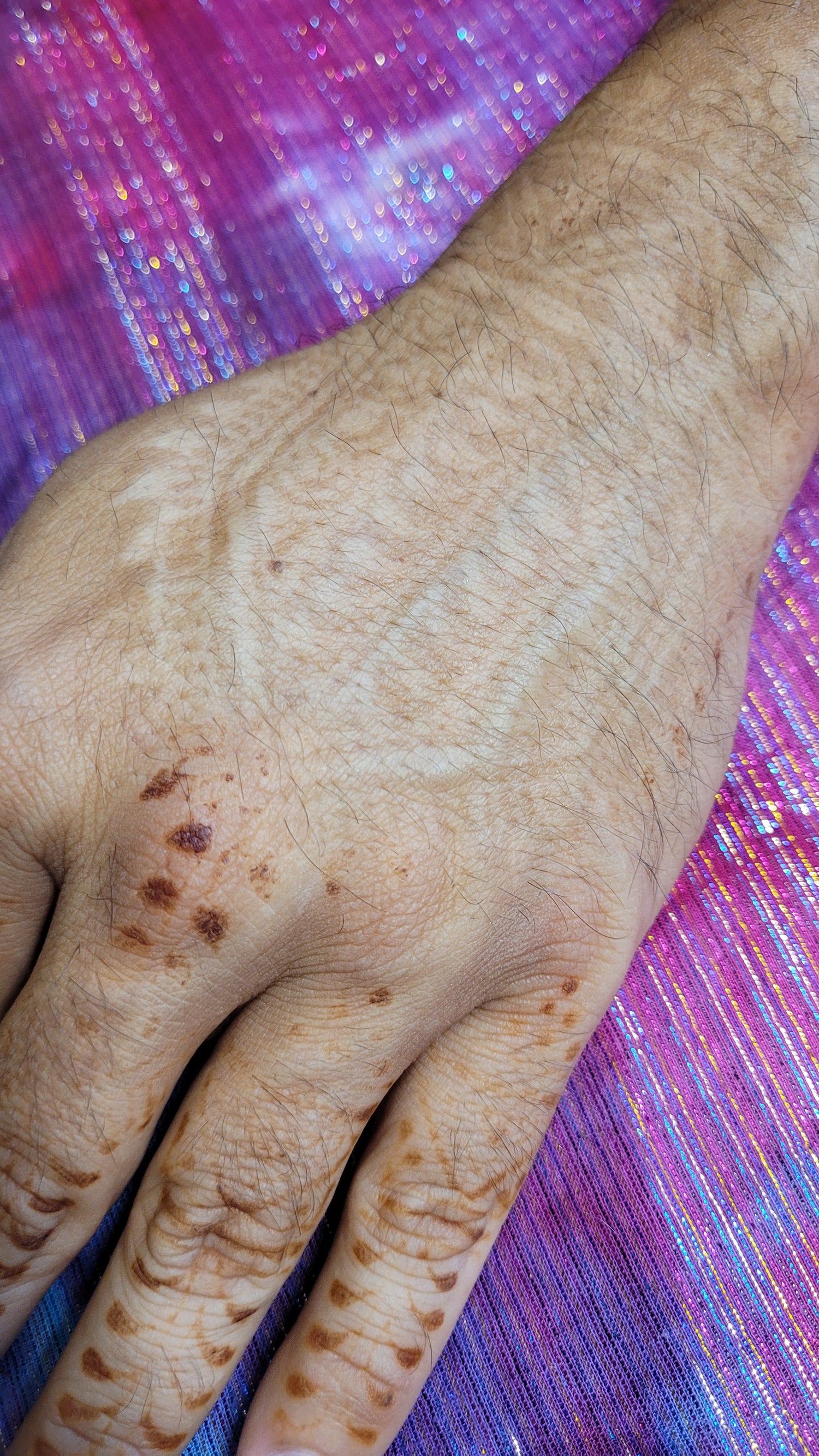
Reactions to Natural Henna
Reactions to natural henna are rare but possible, with nearly all reactions attributed to the essential oils used in henna rather than the henna itself.
Some things can be confused with an allergic reaction, but are not harmful.
Known Disorders
-
Hyperbilirubinemia and Henna
Hyperbilirubinemia is an excessive bilirubin in the blood, and poses severe risks for infants exposed to henna. Since babies have immature livers, henna can lead to a dangerous buildup of bilirubin, potentially causing seizures, brain damage, or even death. While healthy children become less susceptible by age 3 as their livers mature, most henna artists refrain from hennaing children until they are 6 years old. If a baby has a history of jaundice, henna application should be avoided altogether.
-
G6PD and Henna
G6PD (glucose-6-phosphate dehydrogenase) deficiency is a disorder than causes anemia. People, both adults and children that have G6PD deficiency should not use henna. The lawsone in the henna will strongly oxidize G6PD deficient blood cells and can cause a haemolytic crisis in both children and adults. People with G6PD should also avoid fava beans, mothballs, some food colorings, and aspirin along with a list of other items. These folks generally know to avoid henna.
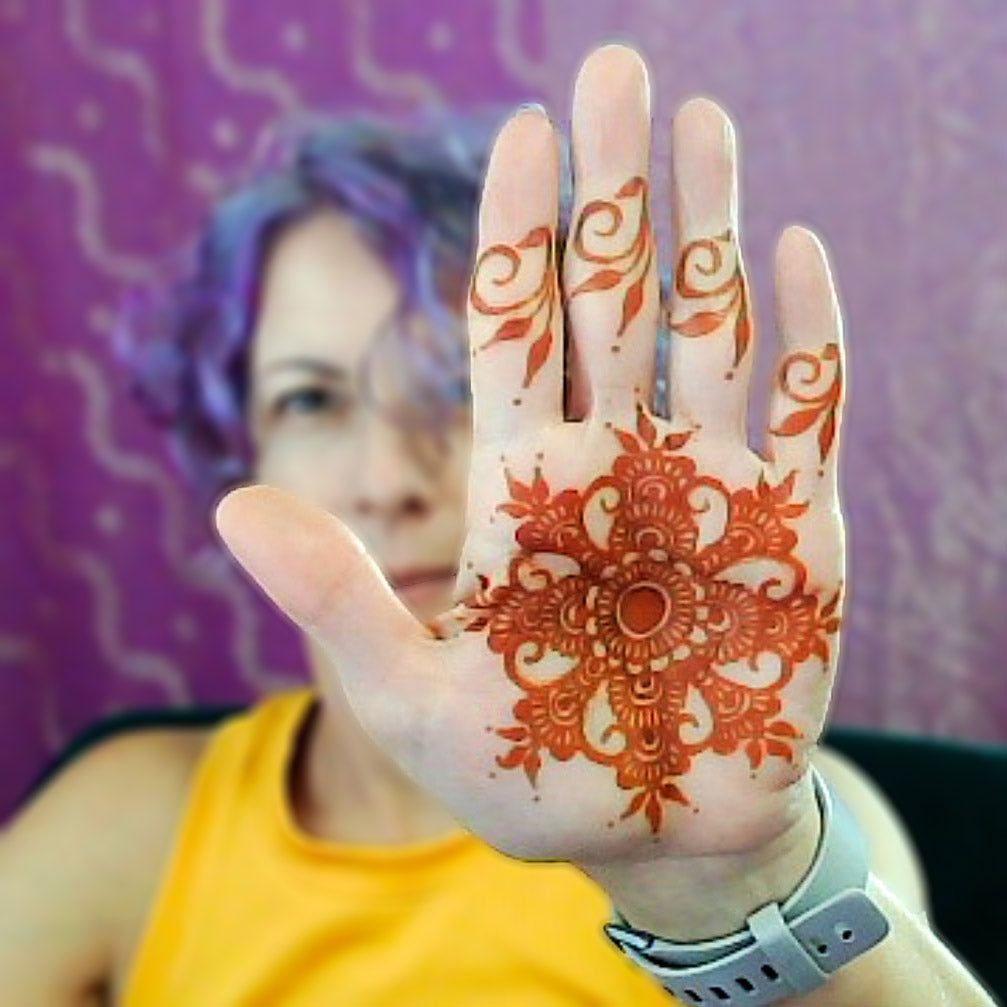
Henna Safety Tips
- Never use "black henna".
- Always know the ingredients of henna that you use.
- If doing henna on anyone that may be sensitive, use henna that you’ve mixed yourself.
- Avoid henna application on infants.
- Exercise caution with children aged 6-12, and refrain from hennaing children under 6.
- Consider using a light-oil or oil-free henna paste for children aged 6-12 or anyone sensitive.
- NEVER henna infants with Hyperbilirubinemia or that were jaundiced at any time.
- Individuals with G6PD deficiency should not get henna.
- Review the ingredient list with everyone before hennaing to ensure transparency and safety.
